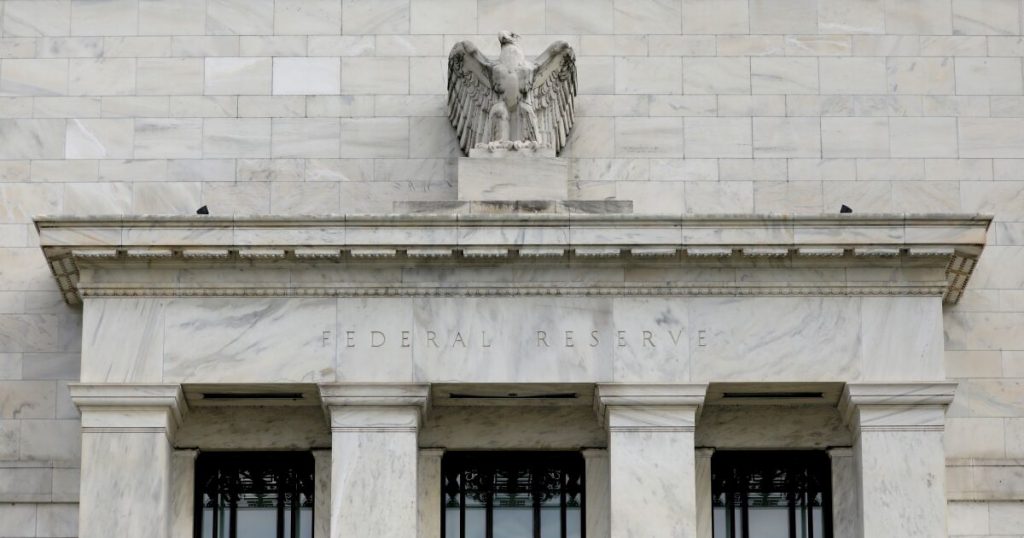Rising home prices, for example, are “a concern … we don’t want to be too complacent,” Bullard said. “There is some concern that we are doing more harm than helping,” by continuing to buy mortgage-backed securities that keep borrowing costs low and can support higher asset values.
In separate appearances on Fox Business Channel, both Bullard and Kansas City Federal Reserve Chairman Esther George indicated that the central bank is steadily moving toward a plan to reduce bond purchases.
Bullard said the Fed is “crowding” around a plan, with George hoping there will be more information after the Fed’s September 21-22 meeting.
With strong inflation and continued job growth expectations, “there is an opportunity to start reducing asset purchases,” George said, preferring the process to start “sooner rather than later.”
Pollard and George are among a group of Federal Reserve officials ready to begin cutting bond purchases soon.
Another, Dallas Fed President Robert Kaplan, said later Thursday: “It will remain my opinion that when we get to the September meeting, we will be well served to announce a plan to adjust purchases and begin implementing that plan in October or shortly thereafter.” “
His comments precede those of Powell on Friday, who will provide an update on the economy and likely touch on the question of how the Federal Reserve views the competing risks of higher inflation versus the possibility that an additional rise in virus cases will slow the decline. The economic recovery of the United States significantly.
At the July meeting, Fed officials agreed that it was likely time to reduce bond purchases by the end of the year, and most analysts see little difference for the economy if that process begins within a month.
However, announcing a plan would send a strong signal that the Fed believes that pandemic risks have diminished enough to begin reducing the extraordinary support that was deployed in March 2020 to avoid a crash.
It’s the kind of communication the Fed wants to get right, and some have argued it’s reason for more patience.

“Problem solver. Proud twitter specialist. Travel aficionado. Introvert. Coffee trailblazer. Professional zombie ninja. Extreme gamer.”




More Stories
Below is the schedule of pension payments as of July 2022. Find out what benefits you will get after the changes [17.07.2022]
Overview of the new electric sports cars for the Hyundai Ioniq 5 N and Ioniq 6 N
Portugal has launched a floating solar power plant. It is the largest structure of this type in Europe – Economy